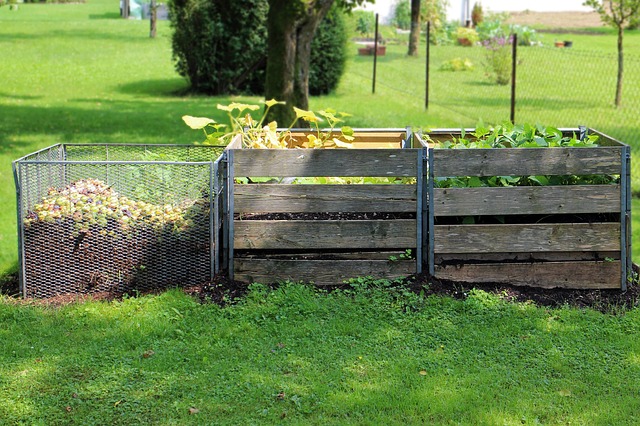I am convinced that composting is the number one thing you can do as a home vegetable gardener that is beneficial for your soil and plants. Adding good quality compost to your soil helps with drainage, nutrients in the soil and so many other things. Along with the soil benefits you can also take a lot of organic material that would otherwise find its way into a landfill and actually put it to good use. The question is, if you are new to gardening, how do you get from that organic material to usable, quality compost?
First lets start with what is “organic” material. Organic material can be grass clippings, leaves, your left over dinner, coffee grinds, banana peels and so on. Plastic, Styrofoam and meat bones are NOT considered organic material for the compost pile.
Set aside an area of your yard where you will dump all of these items into. As a side note, when it comes to left over food, it is best to bury that. It could draw in unwanted animals like raccoons, opossums, etc.
Once you have your pile of organic material in place you are all set. Nature will take care of the rest. Bacteria, insects and worms will work hard together to break your pile down into usable compost. If time is not a factor then you can literally let the pile sit there and it will eventually break down. However, like you, I want my compost a bit faster, so here are some things you can do to help speed things up.
Shred
Using a yard shredder, chipper or your lawn mower, you can break down larger items in very small pieces. The smaller the pieces, the quicker they will break down.
Water
You should be keeping your compost pile moist. Do not over water your compost pile as items in the pile will get matted down, which prohibits oxygen from reaching areas deep inside your compost pile, thus creating a “rotting” smell as anaerobic bacteria takes over. A lite watering every other day, or more often if it gets hot and dry outside will do the trick.
Turn
A good practice is to get into the habit of turning your pile over. A pitchfork is all you will need to complete this task. Every few days use your trusty pitchfork to literally turn the pile over by bringing the material from the bottom to the top and vice-versa. For optimal results you want to turn the pile over when the center of the compost pile reaches 140 to 160 degrees Fahrenheit.. You can pick up a compost pile thermometer for a few bucks.
Finally, remember to keep your compost pile well ventilated. The more air that reaches through the pile, the quicker and the better the outcome will be.





